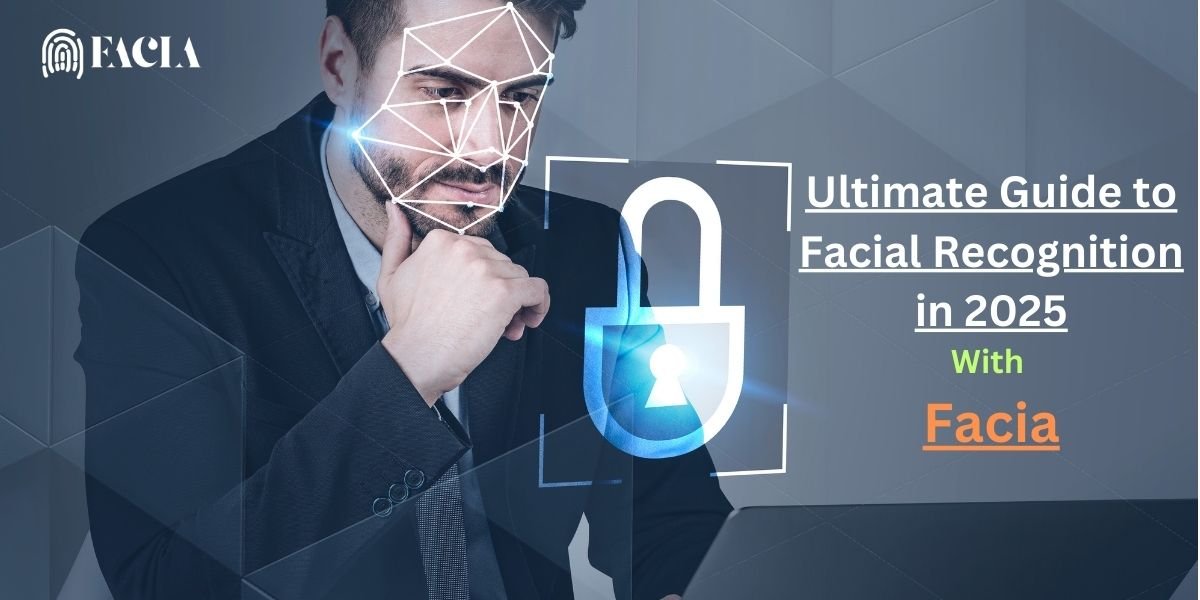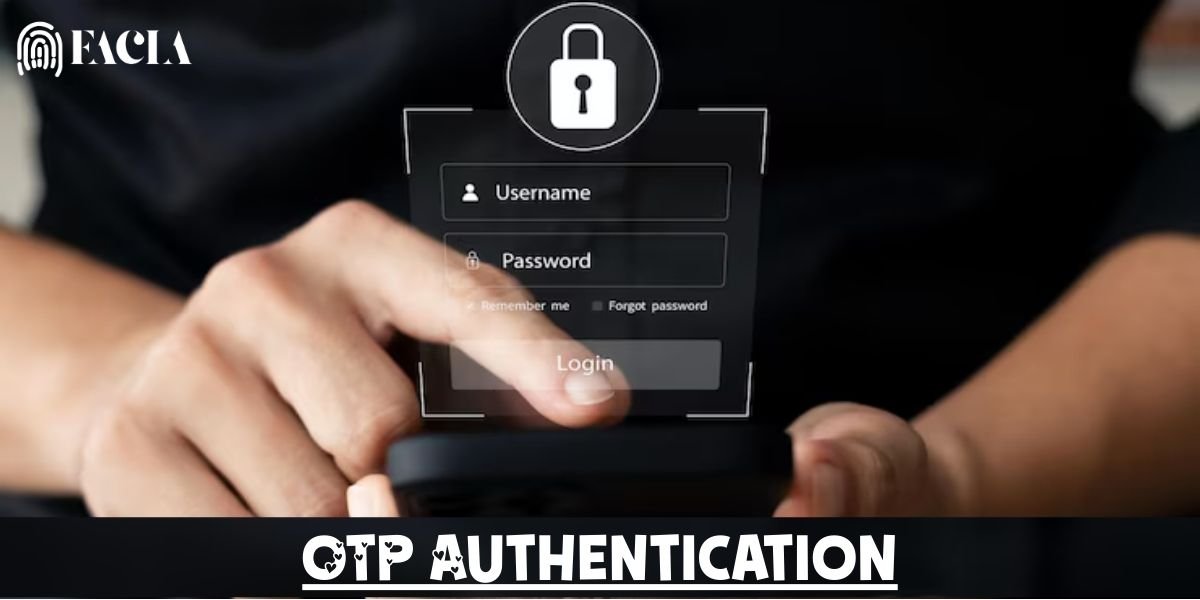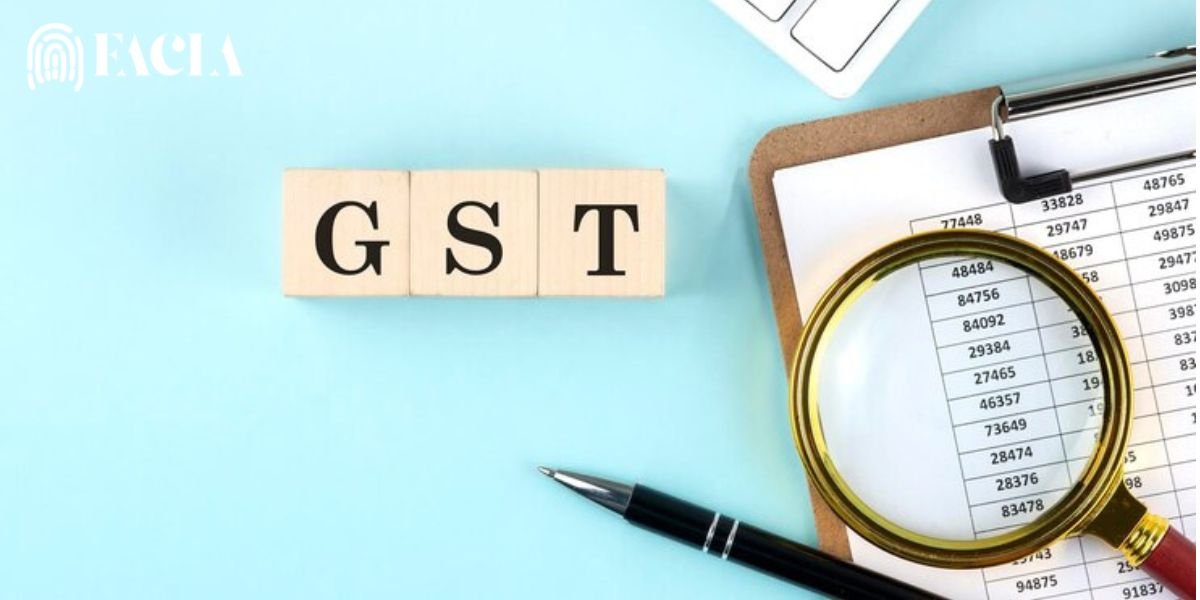
Facial Recognition: The Biometric Enhancement of the Future
It’s 2025 now and we are stepping into a world powered by AI enhancements. The biometric processes are also getting their hands on the more

It’s 2025 now and we are stepping into a world powered by AI enhancements. The biometric processes are also getting their hands on the more

FaceCheck is not free because it involves significant costs to develop and maintain. FaceCheck, a service that has advanced facial recognition technology, charges for its

Introduction: For secure identity identification that ensures industry confidence and acceptance, authentic ID papers are important. Still, expiring IDs may cause serious risks, from fraud

Introduction In early 2024, the biometric security industry was revolutionized when a 15-year-old was able to bypass facial recognition-based age verification using an AI-generated deepfake. The issue

In today’s era, people prefer advanced systems like facial recognition or biometric verification for digital identification instead of names or passwords. This way, users don’t

OTP authentication, as a component of two-factor authentication (2FA), has gained popularity in the banking, finance, and fintech sectors since the 2000s. It offers extra

Anyone going into a business establishment in Singapore must understand the GST Registration Number. The Inland Revenue Authority of Singapore (IRAS) issues this unique identifier

Defective barcode printing is causing scanning issues for Florida driver’s licenses issued between 2017 and 2023. The defect has become a major problem at airports

Financial institutions must verify customer identity. But why is so much personal information required during account opening and ongoing transactions? Navigating financial regulations is complex.